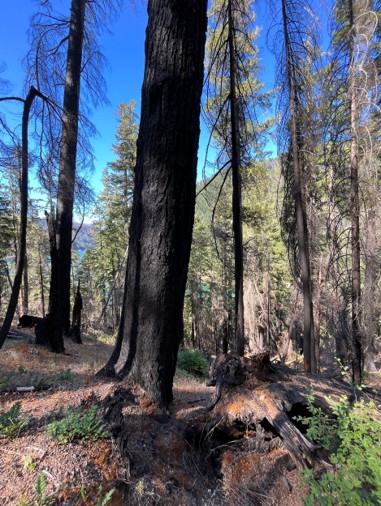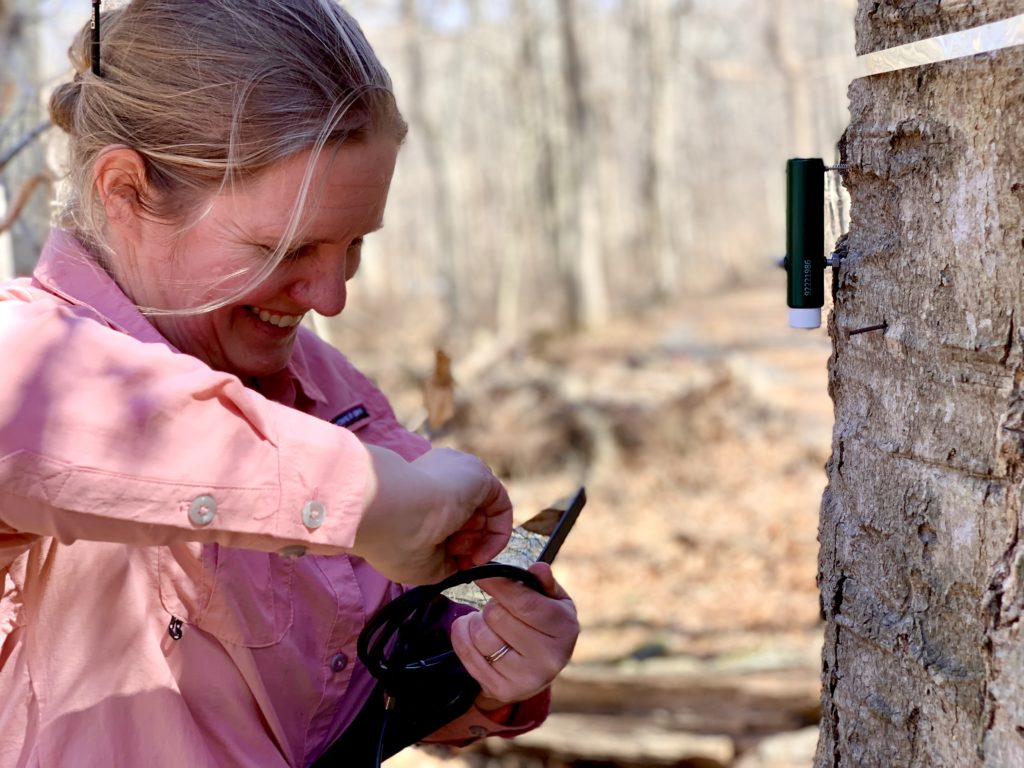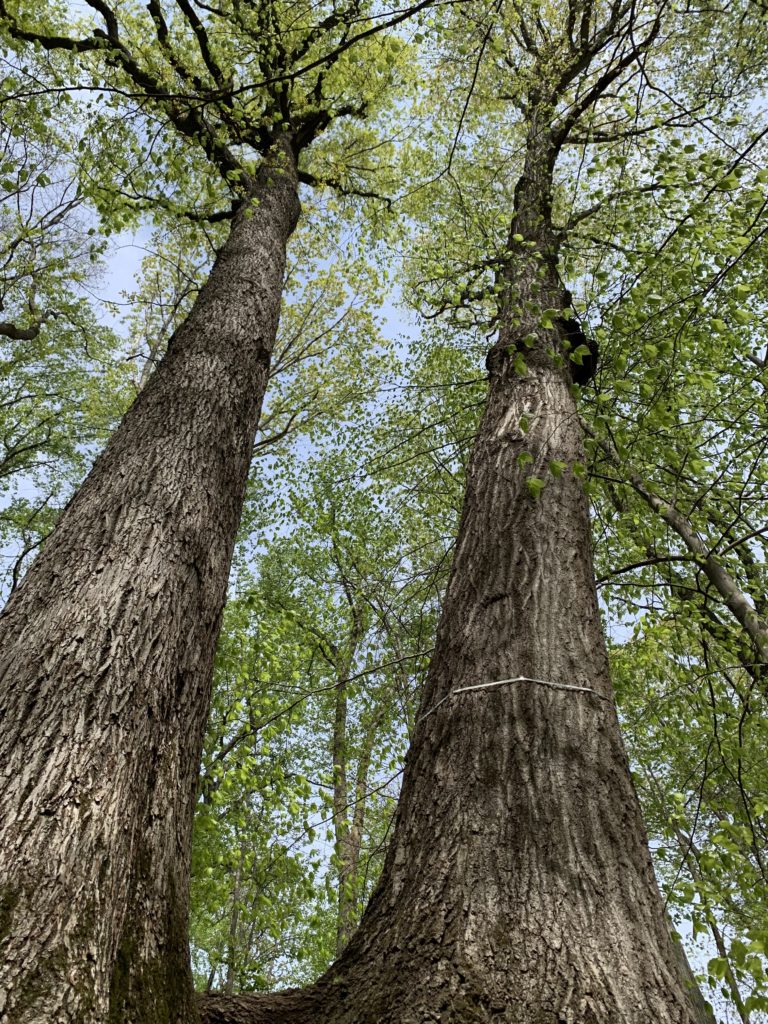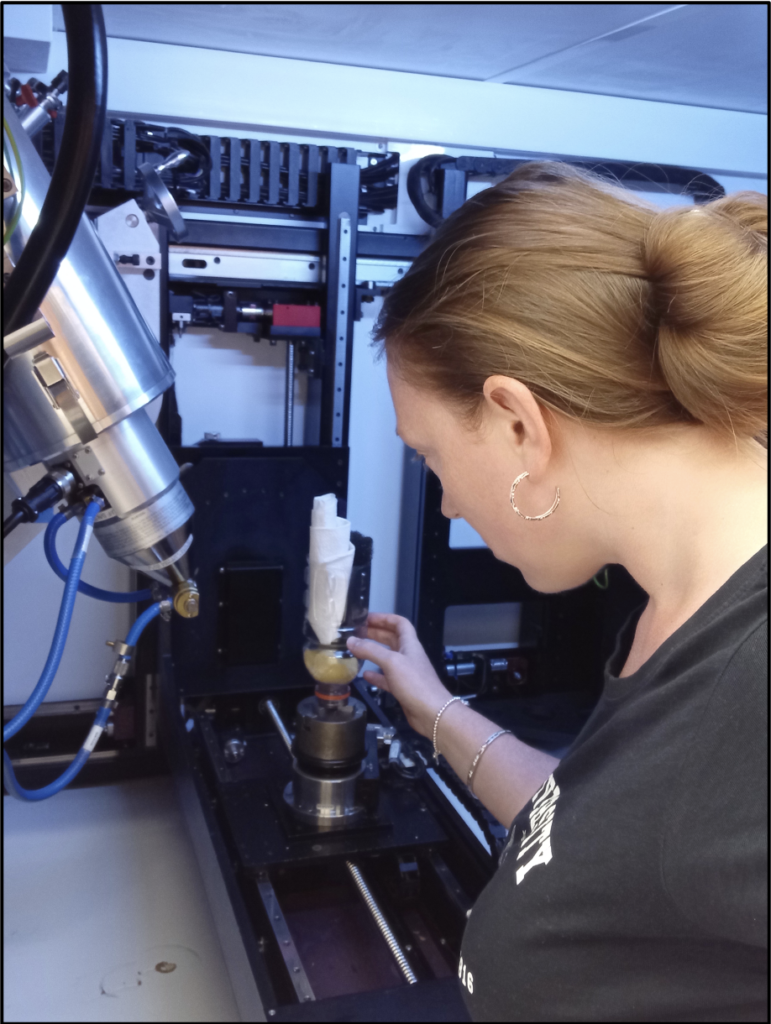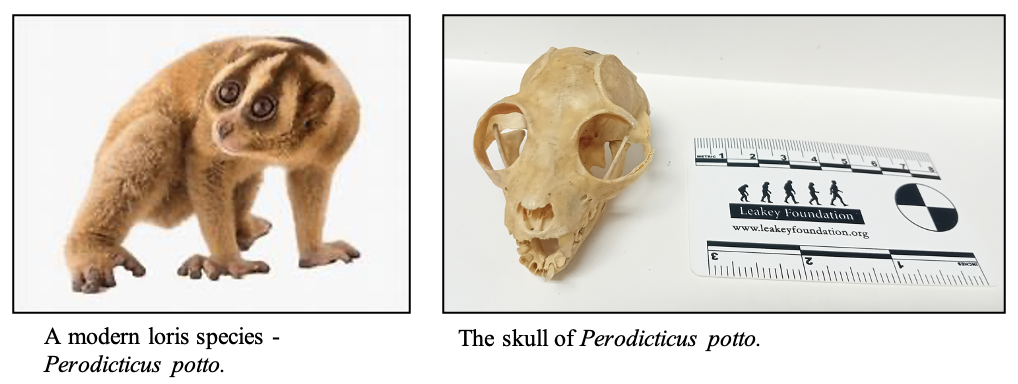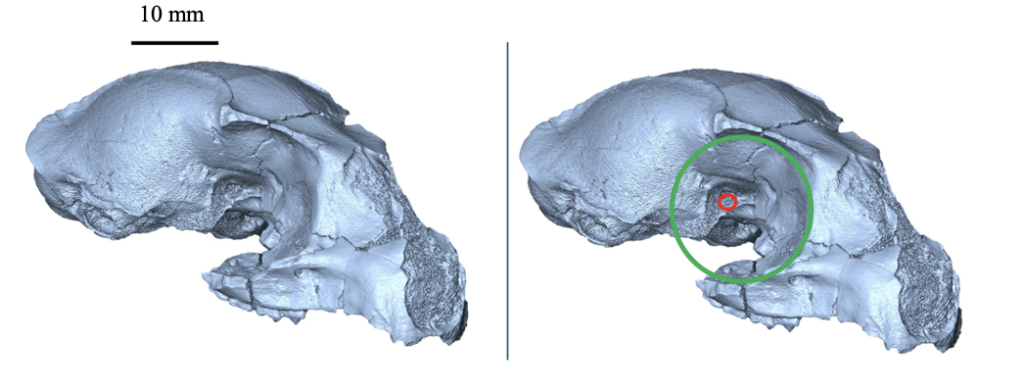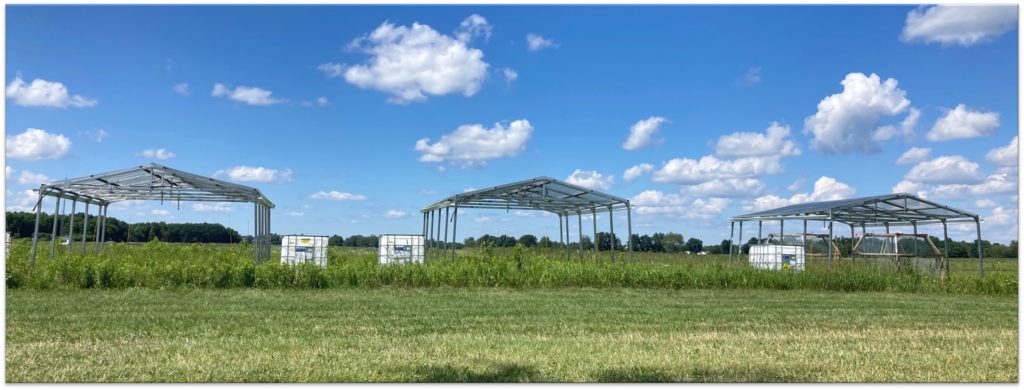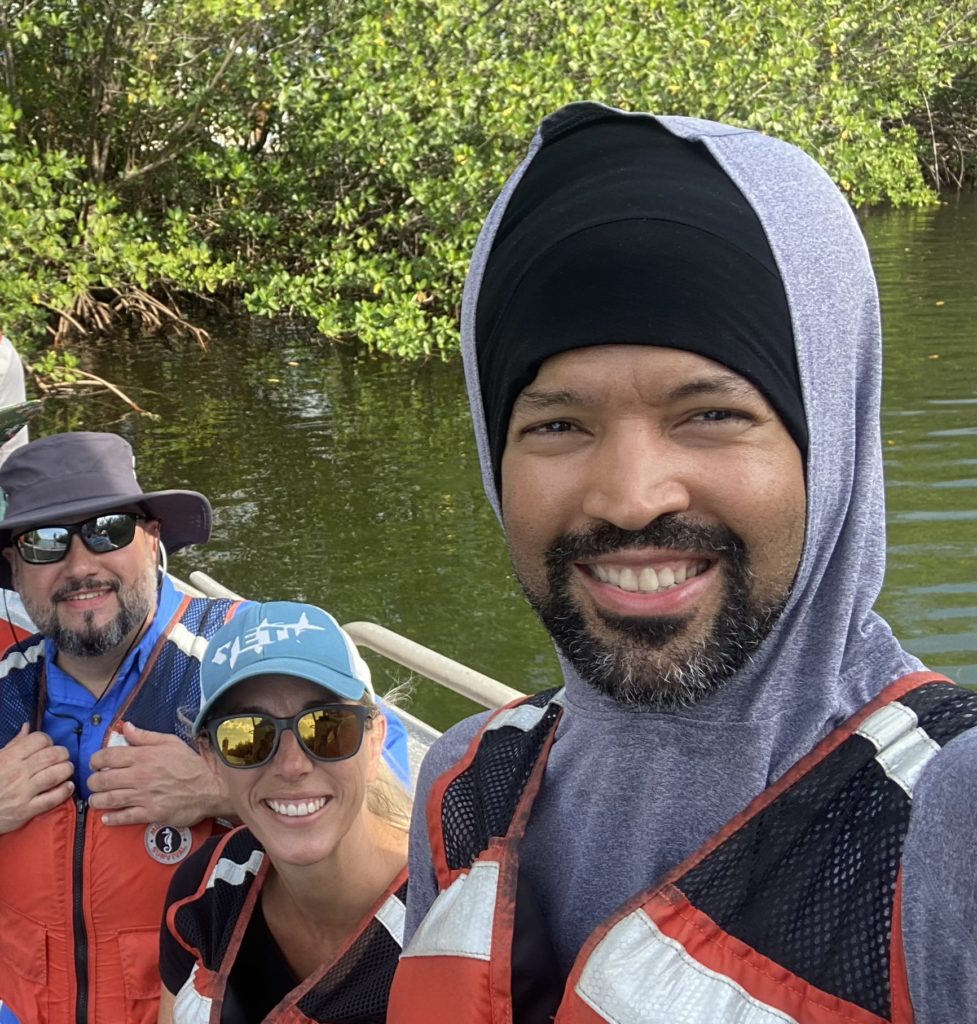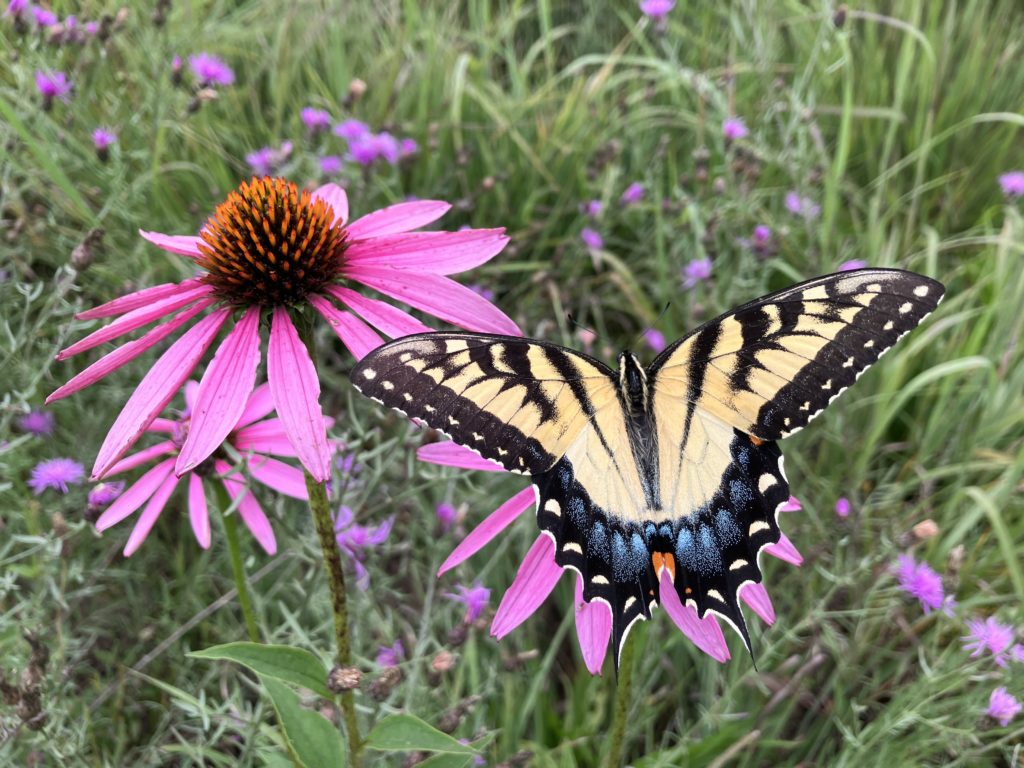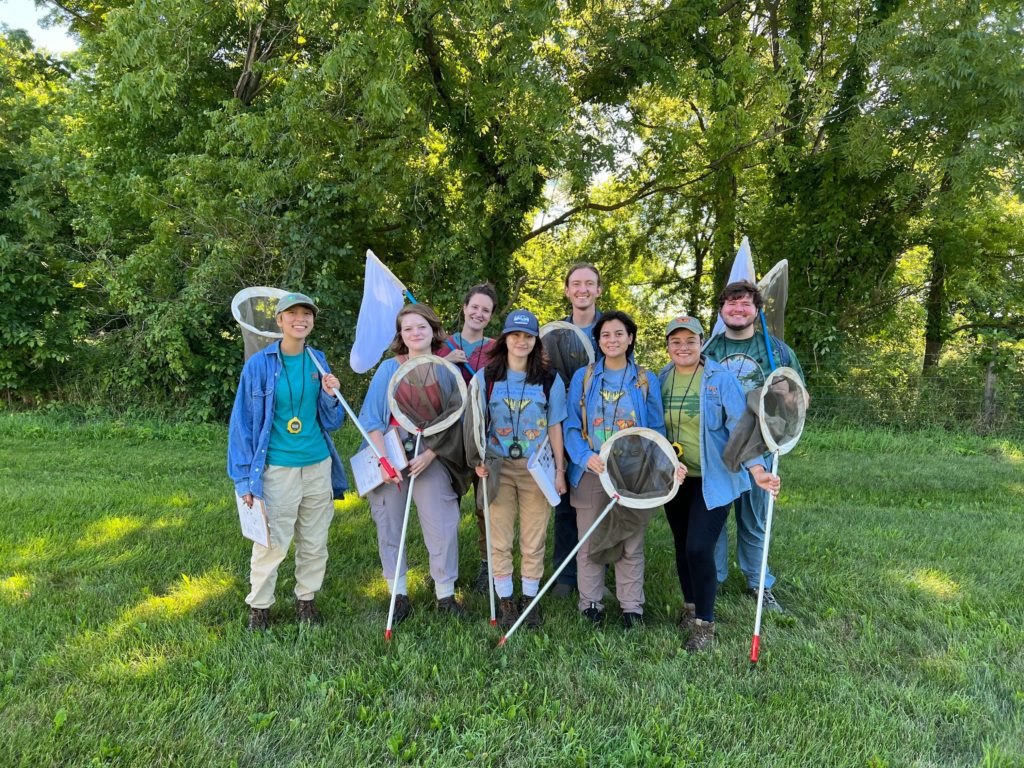The activities are as follows:
- Teacher Guide
- Student activity, Graph Type A, Level 2
- Student activity, Graph Type B, Level 2
- Student activity, Graph Type C, Level 2
- PowerPoint of images
- Grading Rubric
The H.J. Andrews Experimental Forest, or Andrews for short, is a long-term ecological research site in the Cascade Mountains of Oregon. The forest is a temperate old-growth rainforest. It is known for its lush and green understory of flowering plants, ferns, mosses and a towering canopy of Douglas fir, Western hemlock, Red cedar, and other trees. Scientists have spent decades studying how plants, animals, land use, and climate are all connected in this ecosystem.
Matt is a biology teacher who has spent two summers in the field working with scientists at the Andrews. These experiences have been valuable ways to bring real data and research back to his students! When he visits, Matt works closely with Joe and Cole. Joe is a scientist who has spent many years working in the forest studying the impact of disturbances on plants. Cole is in Joe’s lab and has been focusing on fire’s effects on the forest during graduate school.
Historically, large, severe fires have been a part of the ecology of forests in Oregon. They typically occur every 200-500 years. Many of the plants at the Andrews Forest are those that can deal with fire. Fires clear out dead plants, return nutrients to the soil, and promote new growth of understory and canopy plants. With climate change impacting temperature and rainfall across the globe, forests in Oregon are increasingly experiencing longer periods of dry and hot weather. These changes are causing an increase in the frequency and severity of wildfires.
On Matt’s last day at the Andrews in 2023, a lightning strike started a wildfire in a far corner of the forest. With hundreds of firefighters on the ground and several helicopters in the air, the “Lookout Fire” burned for several months, consuming about 70% of the Andrews forest!

When Matt returned in the summer of 2024, it looked nothing like the forest he had left. The fire completely changed the course of his research experience. When he saw the scorched forest, he began to wonder how it would recover. He also observed that the fire had not burned at the same intensity throughout the forest. Some areas of Andrews were burned more, and in some spots, the fire had been less intense.
Matt thought that some plants may do better after a severe burn, while other species might do worse. Specifically, Matt wanted to see whether native and invasive plants would show differences after a fire. Plants that have historically grown in an area without human interference are called native plants. These plants have a long history of adapting to the specific conditions in an area. When a plant species is moved by humans to a new area and grows outside of its natural range, it is called an invasive plant. Invasives often grow large and fast, taking over habitats, and pushing out native species. Invasive plants tend to be the ones that can grow fast and handle disturbances, so the team expected that invasive species would recover more quickly than native plants after high severity fires.
It was still too early to re-enter the areas burned by the Lookout Fire, so Matt and Joe chose another recent fire. They used data collected from a section of the forest that had burned in 2020. In 2021, a year after the fire, scientists put out 80 plots that were 1m2 in size to collect data on the understory plants.
Each section was given a burn severity value based on the amount the canopy trees had burned directly over the plot. Scientists would look up at the tree canopy and see how much was missing, and the more that was gone, they knew the burn severity had been higher. Scientists then identified every species of plant in the plots and counted the number of individual plants of each species. This was repeated every year after 2021 to observe changes over time. Matt and Joe decided to analyze data from 2023, which Matt helped collect with Cole. To answer their question, they calculated the proportion of invasive plants in each plot.
Featured scientists: Joe LaManna (he/him) and Cole Doolittle (he/him) from Marquette University and
Matt Retterath (he/him) from Fridley Public Schools.
Flesch–Kincaid Reading Grade Level = 8.9
Additional teacher resources related to this Data Nugget:
There are two blog posts written about the Andrews LTER research featured in this activity.
- https://lternet.edu/stories/fire-brings-new-perspectives-on-disturbance-at-h-j-andrews-experimental-forest/
- https://lternet.edu/stories/burned-forest-bleached-reef-lter-sites-adapt-to-learn-from-disturbance/

